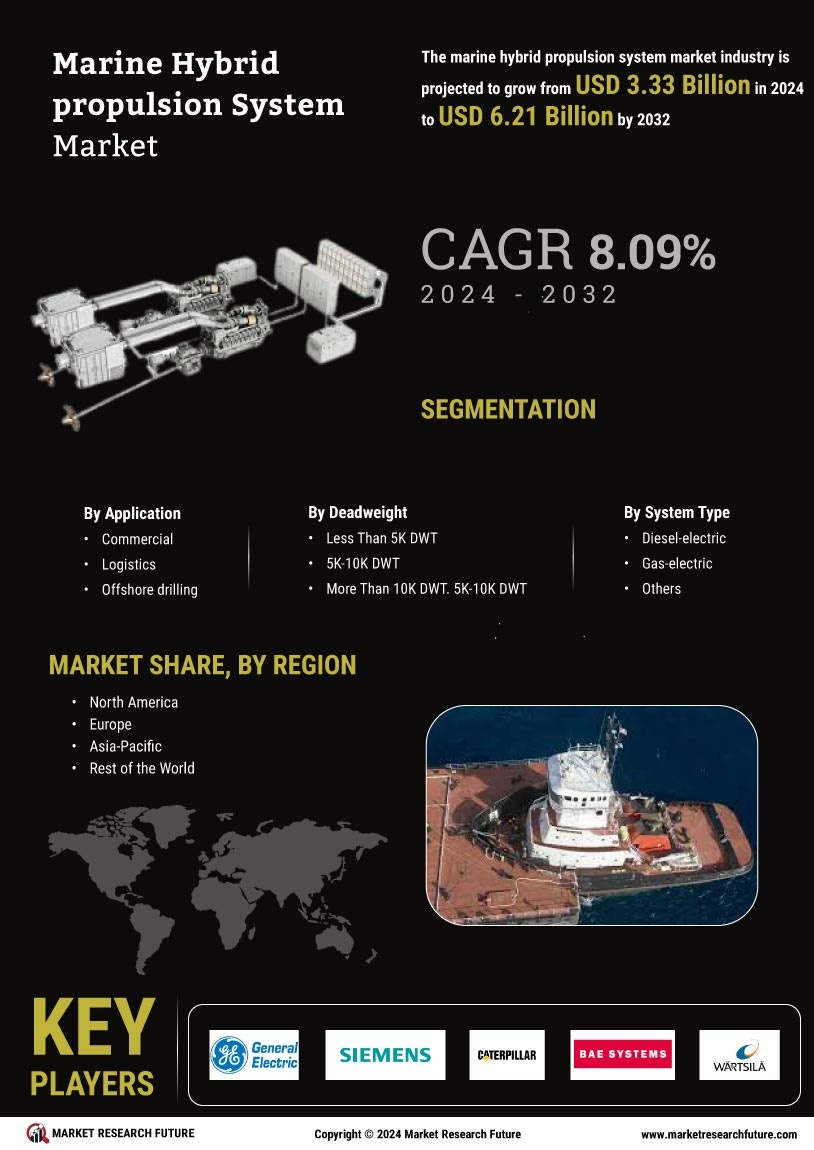Leading market players are investing heavily in research and development in order to expand their product lines, which will help the marine hybrid propulsion system market, grow even more. Market participants are also undertaking a variety of strategic activities to expand their global footprint, with important market developments including new product launches, contractual agreements, mergers and acquisitions, higher investments, and collaboration with other organizations. To expand and survive in a more competitive and rising market climate, marine hybrid propulsion system industry must offer cost-effective items.
Manufacturing locally to minimize operational costs is one of the key business tactics used by manufacturers in the global marine hybrid propulsion system industry to benefit clients and increase the market sector. In recent years, the marine hybrid propulsion system industry has offered some of the most significant advantages to market.
Major players in the marine hybrid propulsion system market attempting to increase market demand by investing in research and development operations include General Electric Company (U.S.), Siemens AG (Germany), Caterpillar Inc. (U.S.), BAE Systems (U.K), Wartsila Corporation (Finland), Mitsubishi Heavy Industries Ltd. (Japan), Torqeedo GmbH (Germany), Steyr Motors GmbH (Austria), ABB Ltd. (Switzerland), MAN Diesel & Turbo SE (Germany), Schottel GmbH (Germany) and Rolls-Royce plc (U.K.).
Manufacturer of machinery for transportation, energy, and construction, Caterpillar Inc. It creates, produces, markets, and sells mining and construction machinery, forestry machinery, industrial gas turbines, diesel-electric locomotives, and diesel and natural gas engines. The company's product line includes asphalt pavers, reciprocating engines, draglines, compactors, backhoe loaders, integrated systems, and many others. Customers, dealers, and Caterpillar itself can all get retail and wholesale financing options for Caterpillar goods.
Engineering firm Wartsila Corp provides comprehensive lifecycle solutions and cutting-edge technologies to the marine and energy sectors. The corporation takes advantage of the environmental and financial performance of the ships and power plants through its efficient operations, sustainable initiatives, and data analytics. Pumps and valves, shaft line solutions, low and medium-speed engines, automation systems, ship design and ballast water treatment systems are among the products offered by Wartsila. For all stages of onshore and offshore oil and gas exploration, transportation, and production, it also provides power solutions.


















Leave a Comment